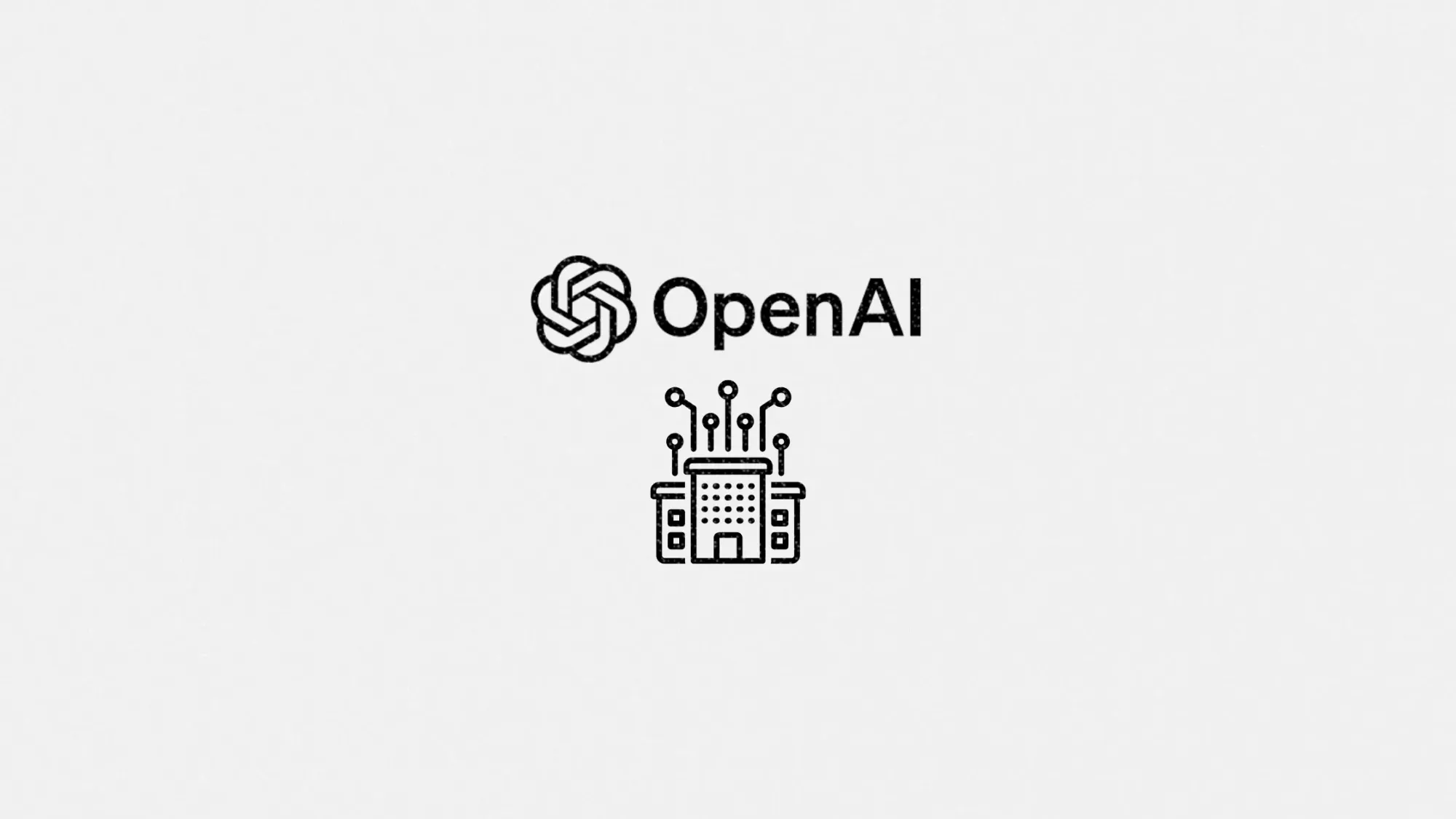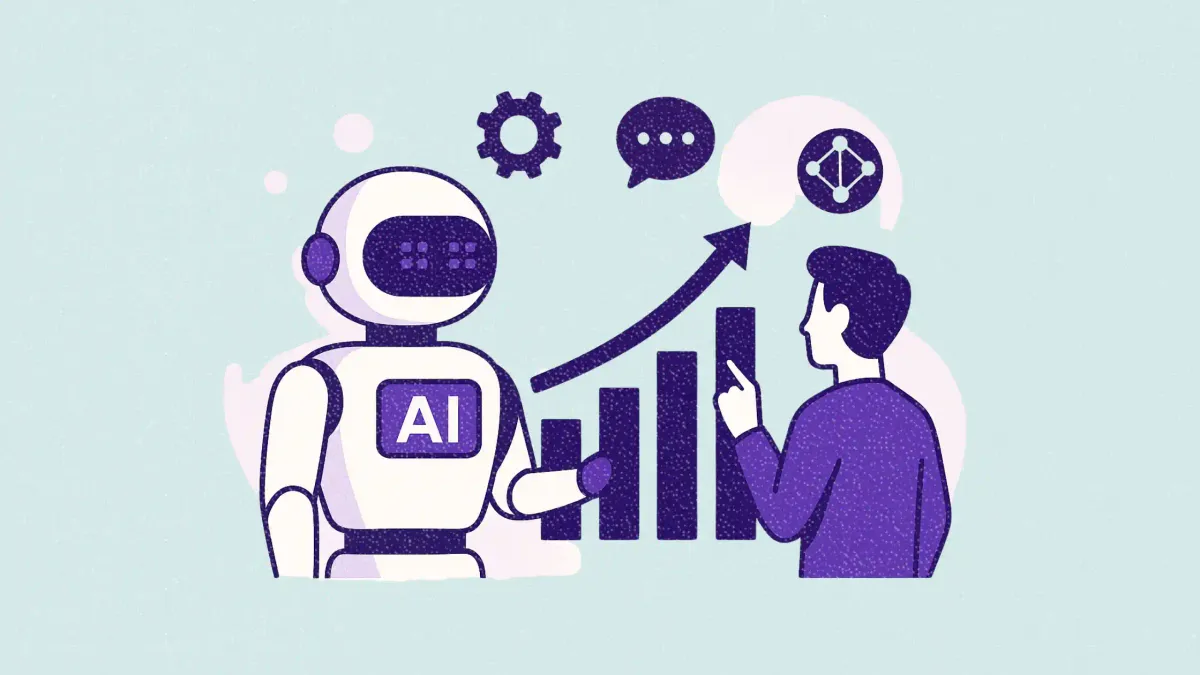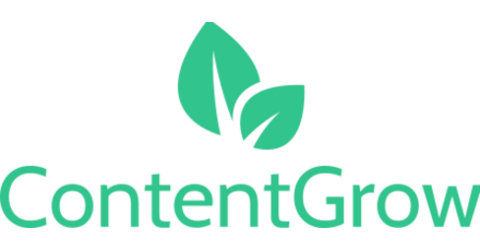
A new job listing reveals plans for campaign tools, attribution, and platform integration
OpenAI, the company behind ChatGPT, is taking a significant step into MarTech territory.
A recent job listing shows the company is hiring a Growth Paid Marketing Platform Engineer to build in-house tools for campaign management, real-time attribution, and ad platform integration. The role is part of a newly formed ChatGPT Growth team, tasked with developing OpenAI’s paid marketing tech stack from the ground up.
This article explores what OpenAI’s move signals for marketers, what capabilities are being developed, and how this could evolve into something far bigger than just an internal toolset.
Short on time?
Here is a table of content for quick access:
- What OpenAI is building internally
- Signals point to broader advertising ambitions
- What marketers should know
- Strategic implications for brand marketers

What OpenAI is building internally
According to the listing, the engineer will be responsible for designing core MarTech infrastructure, including:
- Campaign management tools
- Real-time attribution and reporting pipelines
- Integrations with major ad platforms
- Experimentation frameworks for performance optimization
The listing emphasizes that this is foundational work aimed at making marketing investments more effective, measurable, and automated.
That kind of infrastructure goes well beyond a typical analytics dashboard. OpenAI is investing in back-end systems that could rival those used by leading advertisers, setting it up to control spend and performance across platforms like Google and Meta.
Signals point to broader advertising ambitions
This job post doesn’t exist in a vacuum.
OpenAI recently appointed PHD (part of Omnicom Media Group) as its global media agency of record and has brought on advertising-heavyweight talent like Fidji Simo, former Instacart CEO, now CEO of Applications at OpenAI. According to reporting by Alex Heath, Simo is meeting candidates to lead a new team focused on bringing ads to ChatGPT.
OpenAI did not respond to requests for comment, but the moves hint at more than just internal scaling. They suggest a long-term product vision around marketing.
Notably, few companies outside Big Tech giants build internal ad-buying and attribution systems from scratch. Startups typically rely on agencies or external tools to manage campaigns. The fact that OpenAI is building its own may reflect both its scale and its desire for tighter control over spend and data.
What marketers should know
If OpenAI succeeds in building a performant in-house stack, it could do more than improve its own campaigns. It could productize the entire thing.
Here’s why that matters for marketers:
1. A ChatGPT ad platform may be coming
OpenAI already has the tech interface (ChatGPT), the user base (700 million weekly active users), and now, possibly, the campaign engine to power autonomous ad execution. Some insiders speculate that brands may eventually run campaigns directly through ChatGPT by setting goals, uploading assets, and letting AI do the rest.
2. Less reliance on agencies
Analyst Jacob Bourne points out that building internally gives OpenAI more control, which is crucial given its sensitive positioning in the tech ecosystem. Avoiding third parties reduces risk around data and spend management. If OpenAI proves the model works, others may follow.
3. A new kind of MarTech stack
OpenAI isn’t just building for today’s campaign mechanics. The role includes experimentation frameworks, which suggests dynamic optimization and AI-led learning loops. For marketers, this points to a future where attribution, targeting, and spend efficiency evolve far beyond today’s playbooks.
Strategic implications for brand marketers
So what does this all mean for marketers? OpenAI’s move into in-house ad infrastructure could ripple far beyond its own growth efforts. If successful, it may influence how brands approach media buying, campaign optimization, and agency partnerships. Here are the key shifts to watch.
- Prepare for disruption: If OpenAI launches ad products within ChatGPT, it could open a new paid channel unlike anything else in the market
- Watch the toolset: Real-time attribution and performance optimization are critical pain points. If OpenAI solves them for itself, it may build SaaS tools that solve them for others
- Monitor the agency shake-up: More brands may explore in-house options as tools become more autonomous. OpenAI’s internal marketing team may become the blueprint
OpenAI isn’t just experimenting with ads. It’s building the backbone of a scalable, AI-native marketing stack. While there’s no official product announcement yet, this hiring move signals a deeper ambition that could eventually reshape how marketers plan, run, and optimize campaigns.
The takeaway? Keep your eye on ChatGPT not just as a productivity tool, but potentially, a media channel in its own right.



Leave a Reply